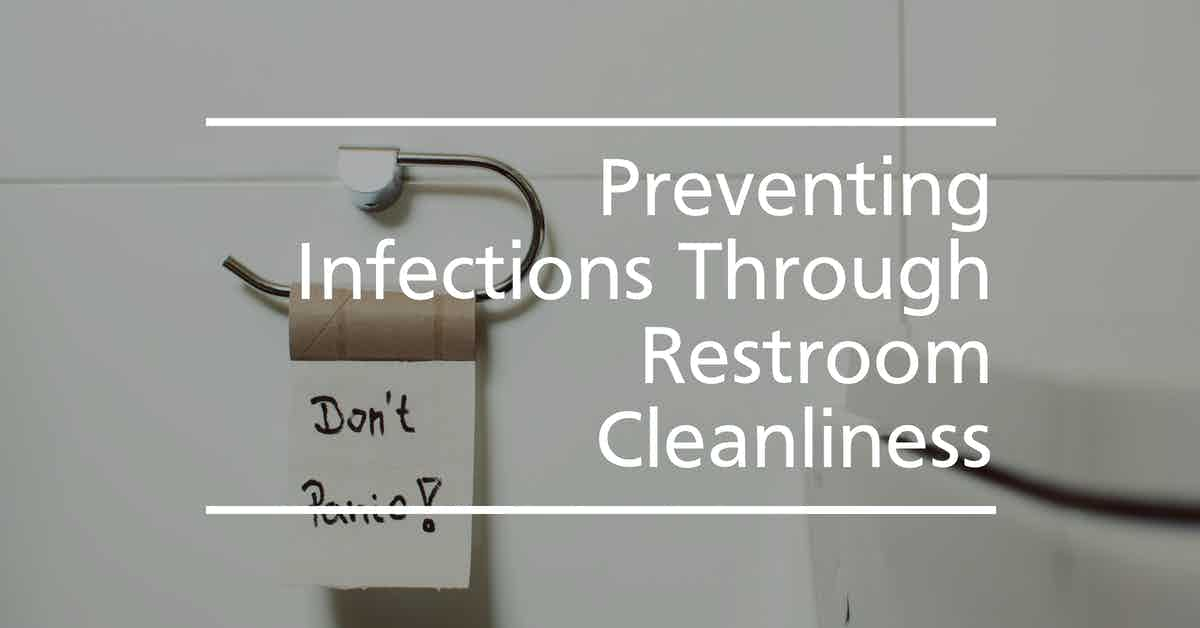Even before the widespread COVID-19 pandemic, restroom cleanliness, safety, and hygiene was a source of constant frustration for facility managers and occupants due to its relationship with disease transmission and indoor air quality issues.

Restroom Hygiene and Pathogen Prevention
In an attempt to thwart the spread of SARS-CoV-2, many cities forced businesses, such as bars, coffee shops, and restaurants to close.
The unintended consequence of this decision created an issue of restroom availability.
When combined with the well-documented issues with public restroom cleanliness and safety, a massive surge in public urination and defecation ensued.
According to the New York Post;
A lack of restrooms has left New Yorkers in a bind.
They want to go out but then they are left holding it in.
Restaurants, bars and coffee shops where New Yorkers could always find relief in the past have closed their restrooms to the public.
Plus, with fears over the coronavirus still very present, many don’t feel safe going into germ-infested public restrooms.
With no public bathrooms, the Big Apple is now ‘the Big Toilet’
As businesses begin to reopen, restroom cleanliness and hygiene have come to the forefront of many discussions about facility health and safety.
The Restroom Hygiene Challenge
Restrooms have long reigned as one of the most problematic areas of a facility--causing issues with and between both facility occupants and custodial staff.
The cost to supply and maintain restrooms typically exceeds most of the rest of any given facility.
Additionally, they are a constant source of occupant complaints due to foul odors and a lack of cleanliness resulting in low-quality indoor air, a hotbed for illness-causing germs and bacteria, and now, potentially, a transmission medium for SARS-CoV--2.
According to CleanLink;
Even before the threat of COVID-19, restrooms brought in the most complaints from building occupants.
That alone tells us that there is a problem with restroom cleaning.
But there’s more.
Even though restrooms are clearly not being cleaned effectively, somehow, they are still costing more to maintain than any other room.
Restrooms consume 60 percent of all supplies in a building, and they present the greatest risk for slip-and-fall accidents.
Further;
Unpleasant odors indicate biological activity in the restroom.
The stronger the odor, the more bacteria are thriving and reproducing.
The moment a toilet is flushed, a fine mist of feces, urine, and bacteria flies into the air.
A June 2020 study suggests that these toilet plumes can also spread Coronavirus particles.
Over the next couple hours, these particles will slowly settle on surfaces throughout the restroom.
If the last person who used the facility was ill, those contaminants may cause disease.
Disease-causing organisms on surfaces might lie in wait for days or weeks until a suitable host comes along.
Cleaning Public Restrooms for Health and Safety
Cleaning business restrooms for occupant safety and maintaining public bathrooms in the name of public health has developed into a rather crystal clear methodology since the start of the outbreak.
Depending on the amount of foot traffic your facility receives:
- Service the restroom entirely at least once per day.
- Remove all debris and garbage and take out the trash.
- Scrub the walls, fixtures, and floors with a combination, no-touch scrubber-vac and low-pressure washer, and;
- Disinfect from top to bottom with an electrostatic-disinfection appliance.
Additionally;
- Check the restroom at least once per hour during normal business operations--more often for high traffic public restrooms and businesses.
- Refill soap, paper towels, and toilet paper dispensers.
- Use a disinfectant product to wipe down germ hot spots, especially around the toilets, urinals, and handwashing stations.
Most importantly, always wear the appropriate safety gear and provide as much ventilation as possible to protect custodial workers and prevent the transmission of germs.
Takeaway
The availability and cleanliness of restrooms are demonstrably vital for public health and safety.
In the past, maintaining them at a reasonable level of sanitation for the purposes of maintaining customer satisfaction was typically more than adequate.
However, as evidence continues to mount that SARS spreads via toilet plumes--contaminating the air and adjacent surfaces--ongoing high-levels of enhanced cleaning for health and infection control measures are necessary.
If you would like more information regarding the effectiveness of high-performance infection prevention and control measures, or if you would like to schedule a free, no-obligation onsite assessment of your facility's custodial needs, contact us today for a free quote!
In Bakersfield CA, call (661) 437-3253
In Fresno CA, call (559) 206-1059
In Valencia CA, or Santa Clarita CA, call (661) 437-3253
In Palmdale CA, or Lancaster CA, call (661) 371-4756

